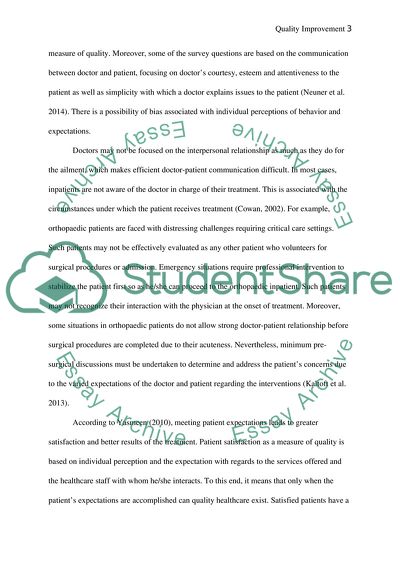Cite this document
(“Critically examine the use of patient satisfaction as a measure of Essay”, n.d.)
Retrieved from https://studentshare.org/health-sciences-medicine/1636723-critically-examine-the-use-of-patient-satisfaction-as-a-measure-of-health-care-quality
Retrieved from https://studentshare.org/health-sciences-medicine/1636723-critically-examine-the-use-of-patient-satisfaction-as-a-measure-of-health-care-quality
(Critically Examine the Use of Patient Satisfaction As a Measure of Essay)
https://studentshare.org/health-sciences-medicine/1636723-critically-examine-the-use-of-patient-satisfaction-as-a-measure-of-health-care-quality.
https://studentshare.org/health-sciences-medicine/1636723-critically-examine-the-use-of-patient-satisfaction-as-a-measure-of-health-care-quality.
“Critically Examine the Use of Patient Satisfaction As a Measure of Essay”, n.d. https://studentshare.org/health-sciences-medicine/1636723-critically-examine-the-use-of-patient-satisfaction-as-a-measure-of-health-care-quality.


